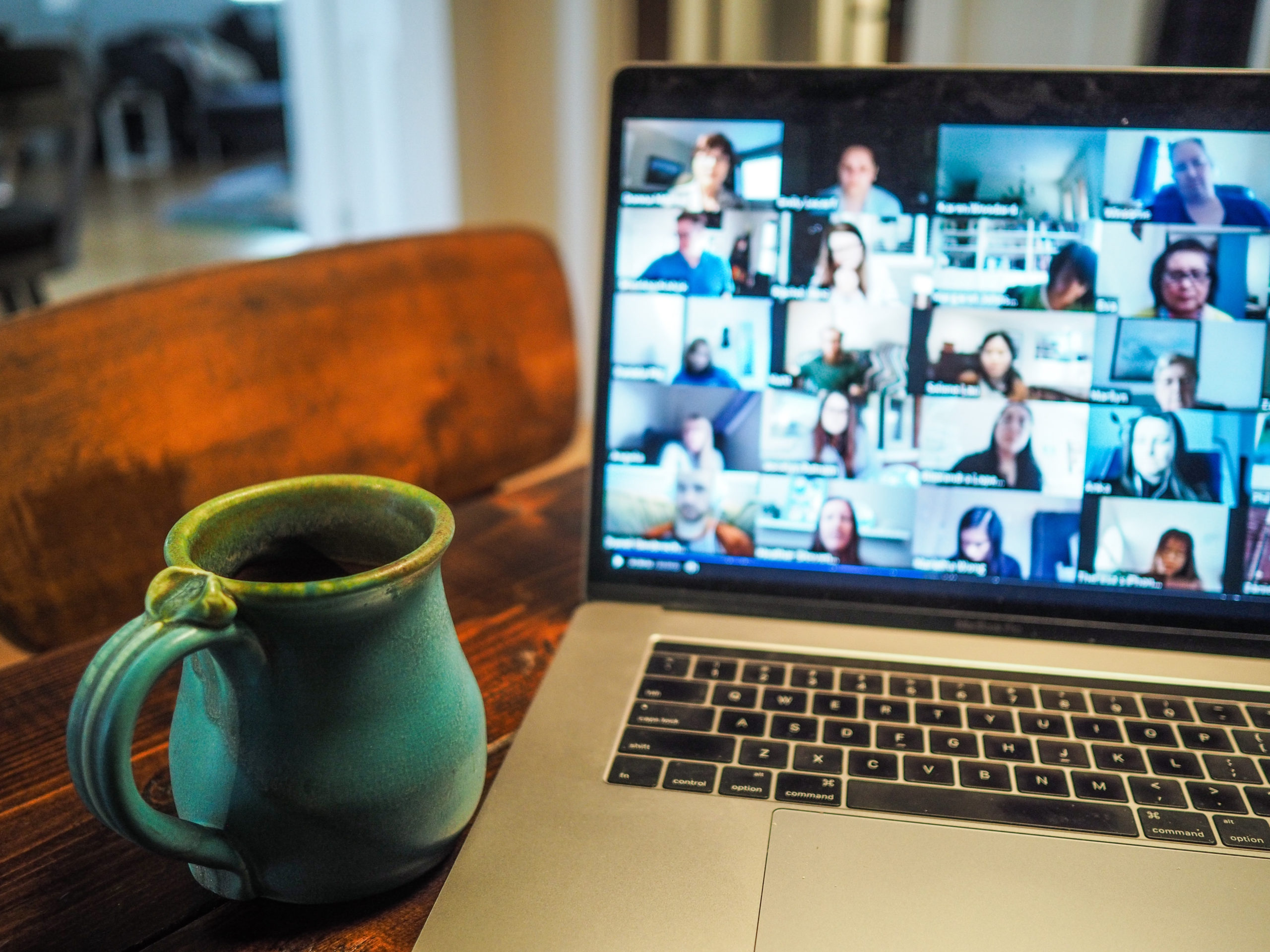
Featured Item

In person to in pyjamas and back again – communication comes full circle
From WhatsApp and FaceTime to Zoom, Teams, and Slack, digital communication has, in some cases, become our main form of interaction – a process accelerated by the COVID-19 pandemic. Yet, in an increasingly online world, in-person communication is more important than ever.
Human-potential expert, speaker, and author, Nikki Bush, argues that the effects of the isolation that began with COVID-19 have lingered. “We’ve forgotten how to be with each other and how to galvanise ourselves into showing up in-person,” she says.
This means that for many, the world has shrunk, giving way to social anxiety, which is fuelled by avoidance. “It’s time to start breaking down the social and emotional walls we’ve built around ourselves for protection during the pandemic,” Bush says.
For Carla Jacobs*, who was largely housebound during the pandemic due to comorbidities and resulting anxiety, online communication became her primary connection to the outside world.
“I was able to work completely online, and because my office is about 45 minutes away, it was a blessing to be able to avoid that,” she says. “We would have Zoom meetings twice a week, which was sufficient for me. I actually enjoyed working from home much more than going to the office, but I think the fear of COVID-19 also contributed to my preference.”
“My husband and I were both working from home, so I enjoyed the quality time together,” she says. “I would chat to my friends on the phone, and have Zoom friends and family sessions. Again, I think because my fear of COVID-19 was so great, I was able to rationalise that these online get togethers were good enough.”
Even once the pandemic became less of a threat, Jacobs was reluctant to venture out again. “I wasn’t really looking forward to the first team building session my company hosted after the pandemic,” she admits. “Yet, once I was at the restaurant sitting next to my colleagues without my mask on, wow, did I enjoy the face-to-face communication. I felt free.”
Jacobs’ company has however retained its remote working policy, a move she supports due to the convenience and increased productivity.
Though she still feels one can connect effectively with friends over any platform, Jacobs says meeting in person has been particularly comforting in challenging times. “Sometimes there’s nothing better than a big hug from a friend to make you feel like everything will be alright,” she says.
By avoiding face-to-face interactions, argues Bush, one limits one’s chance for making human connections, stimulating emotional intelligence, and discovering new opportunities. “At seminars and workshops, networking and mingling is causing fear,” she says, “especially among people who are in the early stages of their careers, and who didn’t have much experience in this area before. People want to work with people they know, like, and trust, which is why people in mid-career onwards were able to work their network of contacts created over time during the pandemic. Younger people struggled with this aspect.”
Spending most of your day online also promotes lethargy, she says. “Some people opt to attend events online because it takes less effort. You can stay in your pyjamas, save petrol, and avoid having to expend energy networking, because it does take effort to introduce yourself, ask questions, and listen to other people.” Yet, even making small talk, which doesn’t happen naturally online, can result in leads and opportunities.
What’s more, exclusive online communication, especially through channels without video which remove certain social cues, can be problematic, says Danielle Goott, a business English coach for non-native English speakers. “Facial expressions, gestures, body language, posture, even eye contact make a huge difference,” says Goott, who has also run communication skills courses. “The haptics, the physical aspects of communication, and all of these cues are delivering messages to the parties involved in that interaction. When we remove them altogether, the margins for misinterpretation and miscommunication get bigger.”
We have to regain our social fitness, says Bush. “Push through your own inertia and be conscious of the need to break a pattern of isolation driven by fear,” she says. Even if you don’t feel like attending an event, say yes anyway, she suggests. If social interaction seems intimidating, start small with a one-on-one coffee date. “Choosing to become socially fit takes perseverance and practice.”
A healthy balance of online and in-person communication is the ultimate goal, says Goott. “The hybrid work model is here to stay, and that’s a good thing,” she argues. “With anything, balance is important. Constantly working from home and looking at a screen can be tiring, potentially leading to burnout if you don’t give yourself sufficient breaks.” Being available 24/7 online can create unrealistic expectations and also result in burnout. “We don’t have an off switch anymore.”
For some, going into the office all the time feels excessive too, she says. “However, you can’t remove that in-person interaction altogether because chatting to your colleagues face to face isn’t just important for effective communication but also for morale and connection. At its root, the aim of communication is connection.” With the constant deluge of messages from various messaging platforms, it’s also important to practice switching off and being completely present when you’re with someone. “If you’re distracted, you won’t communicate effectively,” she says.
When it comes to creating the ideal remote working policy, weekly check-ins are good online, while in-person meetings may be best for creative brainstorming, strategy sessions, or workshops.
Most teams are made up of a mixture of introverts and extroverts, says Goott. “Introverts would prefer to have a few days where they can take a step back from the social interactions to recharge, and then become productive again, whereas extroverts thrive in in-person settings.”
* name has been changed










